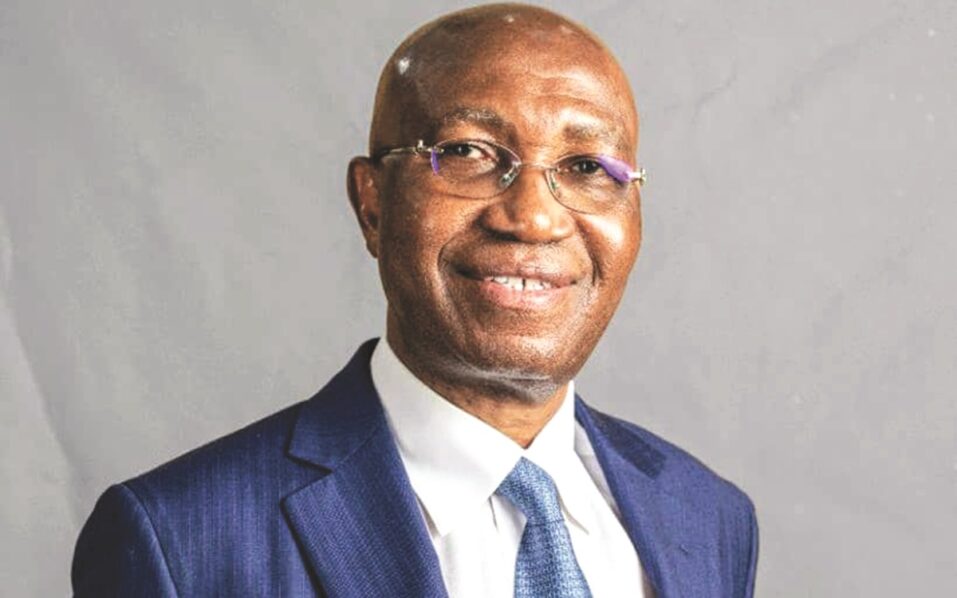
The Nov. 7 edition of the New Braunfels Herald-Zeitung featured Herr (Mr.) Richard A.
Odorfer’s concerns that a celebration on Oct.6 designated by Pres. Ronald Reagan in honoring German-Americans for their contributions to the U.
S. and world has been lost. Herr Odorfer listed a number of important contributions.
I would like to add to his list. 1455 — Johannes Gutenberg printed first book, the Bible, with movable type in Europe. 1507 — Martin Waldseemüller, a German cartographer, produced a globular map with first inscription of “America” using information from Columbus and Amerigo Vespucci.
1609 &1618 — Johannes Kepler, astronomer used simple mathematics to formulate three laws of planetary motion of planets about the sun. 1709 — Daniel Gabriel Fahrenheit, German physicist, invented the alcohol thermometer. 1714 — Daniel Gabriel Fahrenheit invented the mercury-in-glass thermometer, the first practical, accurate thermometer and first widely used standardized temperature scale.
1789 — Martin Heinrich Klaproth, a chemist, discovered uranium, a radioactive metallic element. He named it after the planet Uranus. 1817 — Karl von Drais invented the first bicycle called the ‘Laufmaschine” or “running machine” and was patented in 1818.
Riders propelled the bicycle by pushing off from the ground. 1835 — Alexander von Humboldt developed a map of isotherms — lines of equal average temperatures on earth. 1853 — Phillip Moritz Fischer built the first bicycle with pedals.
His Tretkurbelfahrrad (petal crank bicycle) is on display in the municipality museum in Schweinfurt. 1870-1883 — Engineers Johann (John) August Röbling German born and son Washington Röbling built the Brooklyn Bridge. 1875 — Wilhelm Heinrich Erb (1840-1921)was a renowned German neurologist who used electricity in the diagnosis and treatment of various nervous neurological disorders and popularized the reflex hammer in neurological examinations.
Erb’s palsay is named after him. 1876 — Nikolaus August Otto invented the modern-based internal combustion engine using 4-strokes of a piston to draw in and compress a gas-air mixture within a cylinder resulting in an internal explosion. 1885 — Gottlieb Daimler built the world’s first internal combustion engine motorcycle.
1886 — Gottlieb Daimler and Wilhelm Maybach tested the world’s first internal combustion engine motorboat. 1896 — Gottlieb Daimler built the world’s first internal combustion engine truck with reverse gear (same year Henry Ford built his automobile). 1921 — Joseph B.
Strauss, a structural engineer who revolutionized the design of bascule bridges, began plans for the Golden Gate Bridge. 1936 — Hans von Ohain built world’s first operational jet engine. 1912 — Alfred Wegener’s Pangaea Theory published that all continents were once joined and then separated known as continental drift and plate tectonics.
Theory confirmed after 1960. 1928 — Hans Geiger invented the Geiger counter that detects nuclear radiation. 1939 — Ernst Heinkel’s He 178 was the world’s first practical experimental turbojet taxing four days before WWII began.
.














